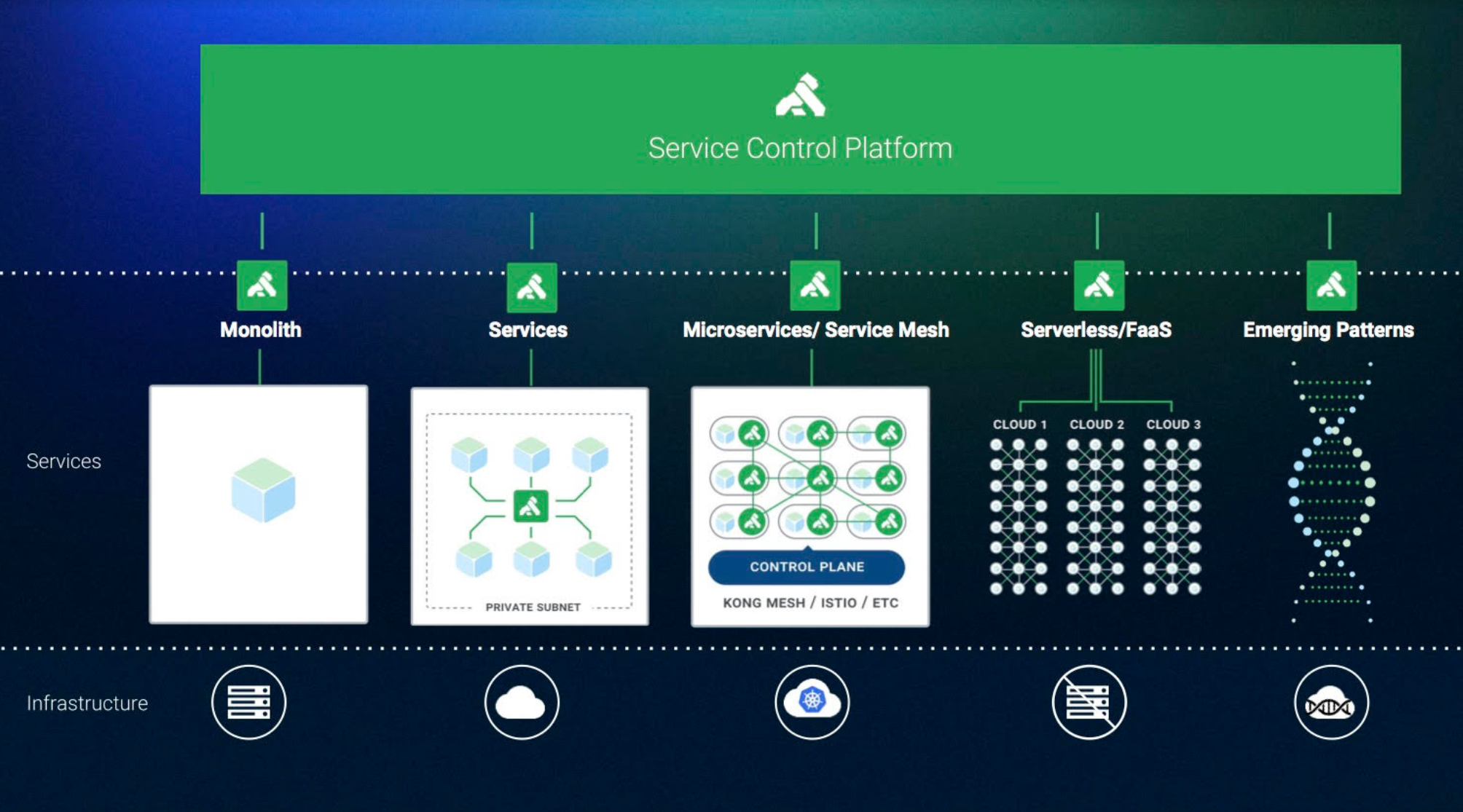Blippar, the U.K.-based AR startup that raised more than $130 million, may be nearing the end of the road. The company has been burning through cash in a bid to pivot in search of a profitable AR business model, and now shareholders are in dispute over whether to throw Blippar any more money to aid that effort, according to a statement the company provided to TechCrunch.
The company has been on the brink for a while now, but things have taken a hard turn in the past few months on the back of yet another pivot.
A Blippar spokesperson told TechCrunch that a single shareholder is blocking the required unanimous vote to close on emergency funding, without which Blippar must begin insolvency proceedings. The company is hoping to continue negotiating with the holdout and come to a resolution this week.
A source close to the company confirmed The Sunday Times report from this weekend, which stated that Khazanah, a strategic investment fund from the Malaysian government, did not approve Blippar’s bid for emergency funding. In July, Khazanah’s board resigned as part of the transition to a new government, meaning that the top brass at the firm are not the same people who invested in Blippar originally.
In September, Blippar raised $37 million from Candy Ventures and Qualcomm Ventures, stating that the Series E financing would help the company achieve its goal of becoming profitable by September 2019. But the private company has posted losses for the past two years, according to BI. It’s unclear whether or not the emergency funding being blocked now is the same $37 million Series E the company claimed to have closed in September or new cash.
Blippar has been a contender in the AR space since 2011. The company started as a marketing agency that would allow brands to purchase augmented reality ads placed on real-world objects or on magazines. Users could scan these “Blipps” to unlock additional AR content and offers.
In 2013, Blippar launched in the U.S. and the company grew alongside the momentum of the AR space in general. But there were more than a few missteps.
The company spent time and money building for short-lived platforms like Windows Phone and Google Glass.
But even if resources weren’t wasted on now-defunct platforms, the general premise of Blippar was always somewhat questionable. Even if the format of the engagement was novel, an ad is still an ad. Few consumers are interested in downloading and engaging with an app that simply serves up brand content.
So Blippar switched things up. The company pivoted on the heels of its $45 million Series C to become a computer vision-powered visual search engine.
Blippar overhauled the technology to allow for content to be unlocked by any object in the real world via computer vision, instead of relying on physical stickers (Blipps). The company also started incorporating content that wasn’t necessarily ad-based but information-based, such as the make and model of a car or the scientific name of a plant.
Indeed, there seems to be a use case for visual-based search. There are times when we simply don’t have the words to properly identify something we see in the real world. But in a world where really only one company dominates search, executing on that proved incredibly complicated for Blippar.
Google has offered a form of visual search for years, and you could argue that those companies that are already strong players in search and information discovery might become strong players (or at least tough competition) in visual search, an extension of what they already do.
Blippar has claimed it has upwards of 65 million registered users via its network of brand and publishing partners, white-label SDK partners, etc.; actual downloads of its app were closer to 500,000 in 2017, reports BI. (And it’s not clear how many of those registered users were regular users, anyway.)
After a number of attempts at making visual search relevant — including a truly bizarre move into social with the launch of a Snapchat-esque feature called Halos — Blippar turned its attention to spaces.
In 2017, the company launched the AR City app, which lets users navigate their way through more than 300 cities using the camera on their smartphone. The company argued that navigation via its computer vision tech was more accurate than GPS. In August 2018, Blippar took the technology indoors with the launch of the Indoor Visual Positioning System. The hope with this launch is that it would attract whales for clients, as it was built to be used in large commercial spaces like stadiums, airports, shopping centers and large office buildings/campuses.
The positioning system not only allowed for hyper accurate indoor navigation, but also extra AR content such as points of interest, personalized content, etc.
Shortly after the launch, in September of this year, Blippar picked up its most recent $37 million Series E funding, which it said would “help the company reach its profitability goal within the next 12 months.”
But, if this report is true, it would appear that it’s just too little too late.
While being an early player can have its advantages, many pioneers in the tech startup landscape don’t have the benefit of learning from others’ mistakes. With a launch in 2011, Blippar most certainly falls into that category.
But beyond the timing, Blippar also seemed to be building technology for the sake of building technology, without ever really nailing down a focused way for that technology to earn money.
We reached out to the company and a Blippar spokesperson had this to say:
The rate of change in the AR industry resulted in a lack of standardisation across platforms and tools which has become a barrier to greater adoption and application of the technology. In response to these we refined our strategy to primarily focus on our SaaS self-service AR creation and publishing platform and we are on the path to accelerate the developments of this platform. Our goal is to unify and standardise all AR formats and make it easy for everybody to create AR.
Our strategy and product roadmap to enable this goal has unanimous approval from our board, for which we require an additional amount of funding to accelerate our growth and fulfill our profitability plans. The additional funding has been secured and approved by the whole board, but ultimately requires shareholders’ approval, which was given by all except one.
Despite not participating in any further funding of the business, that shareholder took the decision to vote against the additional funding. We tried to reach an agreement with them that would allow the business to continue with these plans and have offered various solutions, and so far they have refused all proposals.
Our board is still trying to negotiate with them and we hope to have a reasonable position at some point this week.
We also reached out to Qualcomm Ventures but have not heard back. We will update if/when we do.


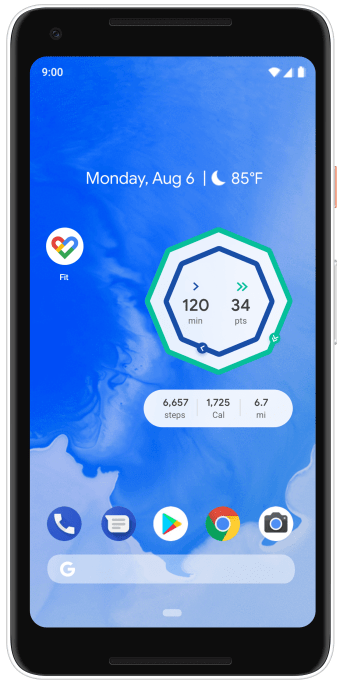 The app got a
The app got a 
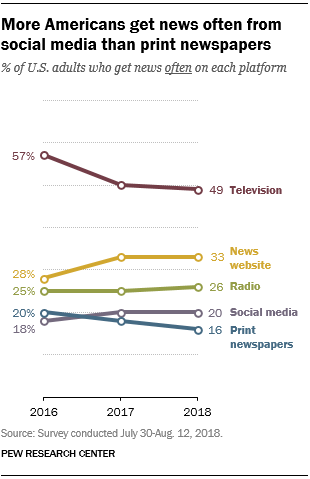
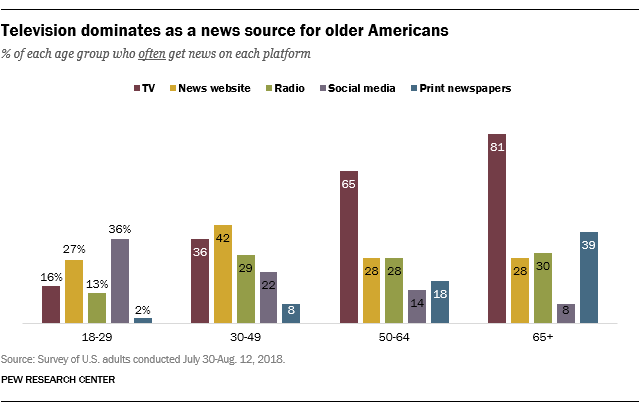
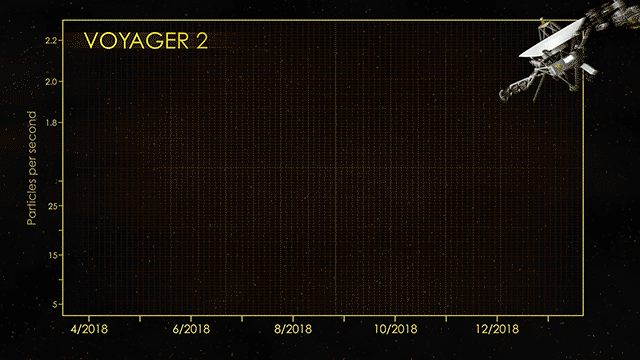

 At the core of Kong Cloud is
At the core of Kong Cloud is 